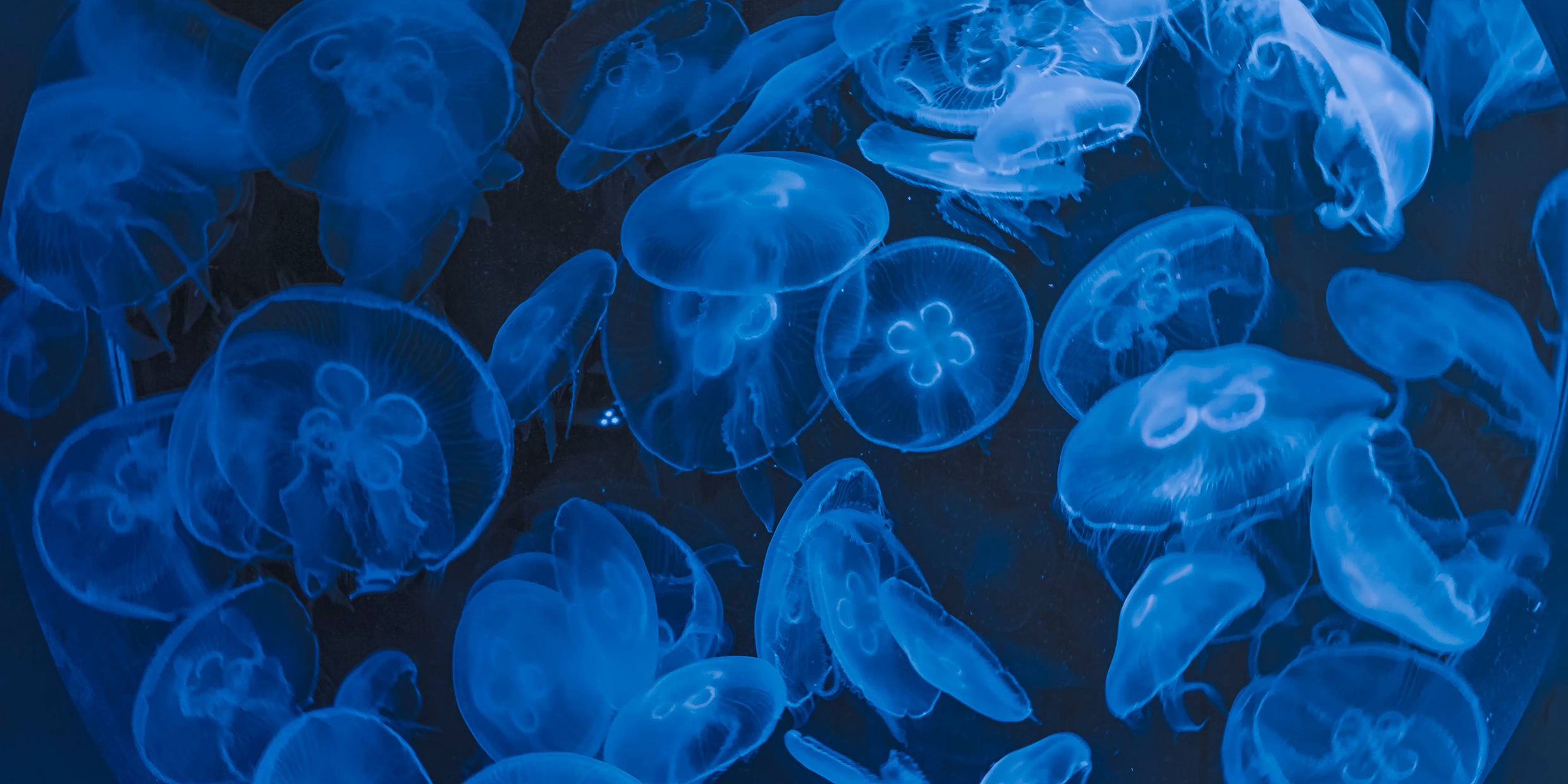Originally published 6 May 2007
Early in Jules Verne’s’ 20,000 Leagues Under the Sea, Captain Nemo welcomes Pierre Aronnax, professor of natural history at the Paris Museum, aboard his submarine.
“You have pursued your studies as far as terrestrial science can go,” Nemo tells the professor. “But you don’t know all because you haven’t seen all.”
He promises Aronnax excitement aboard the Nautilus: “You are going to tour a land of marvels. Astonishment, amazement will become your everyday state of mind…Starting today, you’ll enter a new element, and you will see what nobody has seen before.”
And so begins an epic voyage into the depths of the sea, an alien realm where everything sways and slithers with the gentle tug of tide and current. A world of inky darkness, where creatures depend for food on the decaying organic matter that rains down from the sunlit world above.
I shared something of Aronnax’s undersea adventure as I visited the website for Claire Nouvian’s book The Deep. I had previously blogged one of these wonderful photographs, but seeing so many together was breathtaking. I look forward to the hundreds more that the book promises.
What wonderful denizens of the deep, many of them ghostly and gelatinous, some of them glowing with mysterious lights. So many colors in total darkness.
I remembered the words of Professor Aronnax, who watched jellyfish as he walked with Nemo in his abyssal gardens: “Some of them were shaped like a smooth semispheric umbrella, with red and brown stripes and a fringe of 12 symmetrical tentacles. Others looked like overturned baskets from which there trailed wide leaves and long red twigs. They swam with quiverings of their four leaflike arms, letting the rich tresses of their tentacles float in the water.”
The abyssal creatures seem as much a part of their medium as clouds are part of the sky, as if the water itself has a tendency to thicken and to flower. They intrigue us as if they were visitors from a world of pure spirit.
“I would have liked to preserve a few specimens of these delicate zoophytes,” says Aronnax, “but they are clouds, shadows, illusions that dissolve, melt, or evaporate after they are removed from their native element.”
This was the moment in Earth’s history when microscopic blobs of amebic protoplasm, which had lived on their own for 3 billion years, began to combine into multicelled organisms, melding their respective talents for the common good. Some cells specialized to build body walls, others to make the “jelly” between the walls, others to make tentacles, bulbs and fins, others to sting and bite, others to digest. This division of labor is the central story of all macroscopic life during the past 650 million years, and it was in the sea that life first experimented with collectivities.
What beauty of form followed from function! With specialization and collectivization, life emerged from protoplasmic amorphousness into shape, color, symmetry, and extravagant design. The photographs of the jellyfish, especially, give us a glimpse of that moment in geologic history when life ceased to be microscopic.
How did it happen? What caused our microbial ancestors to forego their individual existences and embark upon a life of collective adventure? We do not know.
We don’t know all because we haven’t seen all, as Nemo says.
But we do know that in spite of the astonishing variety of forms represented by the creatures of the deep, they all share with us the basic molecular machinery of life. Their DNA, like ours, contains a kind of transcript of where they came from and how they are related. Christian de Duve, the 1974 Nobel prizewinner in medicine, has proposed a life force embedded in the creation, a “cosmic imperative,” he calls it. He writes: “The history of life on Earth allows less leeway to contingency and unpredictability than current fashion [in science] claims.” There is accident in the details, he believes, but inevitability in the grand thrust towards chemical complexity.
This may sound a bit too teleological for some of us. But surely in one sense he is right: Life is too diverse, too resilient, and too pervasive not to have been potentially there from the beginning, at least in broad outline. If we find such wonders just a few miles down in the oceans of our own planet, imagine what must exist out there among the hundreds of billions of galaxies.
Those of us who count ourselves agnostics are dismissed by many of our fellows as godless infidels. I would rather say that agnosticism is the most genuinely religious attitude a person can have. Everyone else, it seems to me, worships idols of one sort or another, mostly gods contrived in a human likeness. The agnostic is not willing to reduce the creative agency of the universe to a human scale. We open our hearts and minds to the overflowing wonders of creation in the hope that our spirits will be stretched to accommodate the tiny glimpse of reality we have so far been allowed.
We don’t know all, because we haven’t seen all. In the meantime: Hosannah! Not in the highest, but right here, right now, this.



